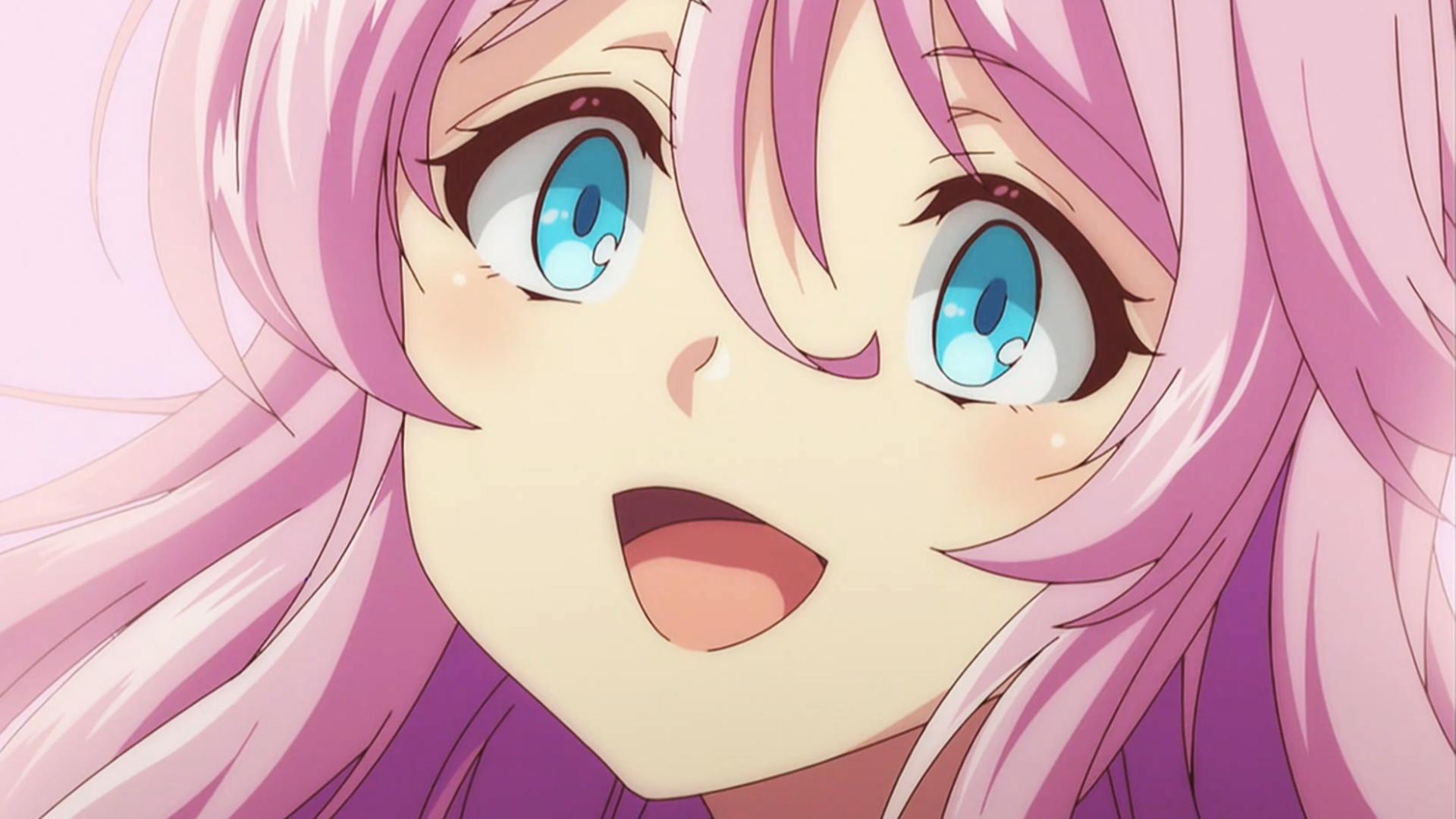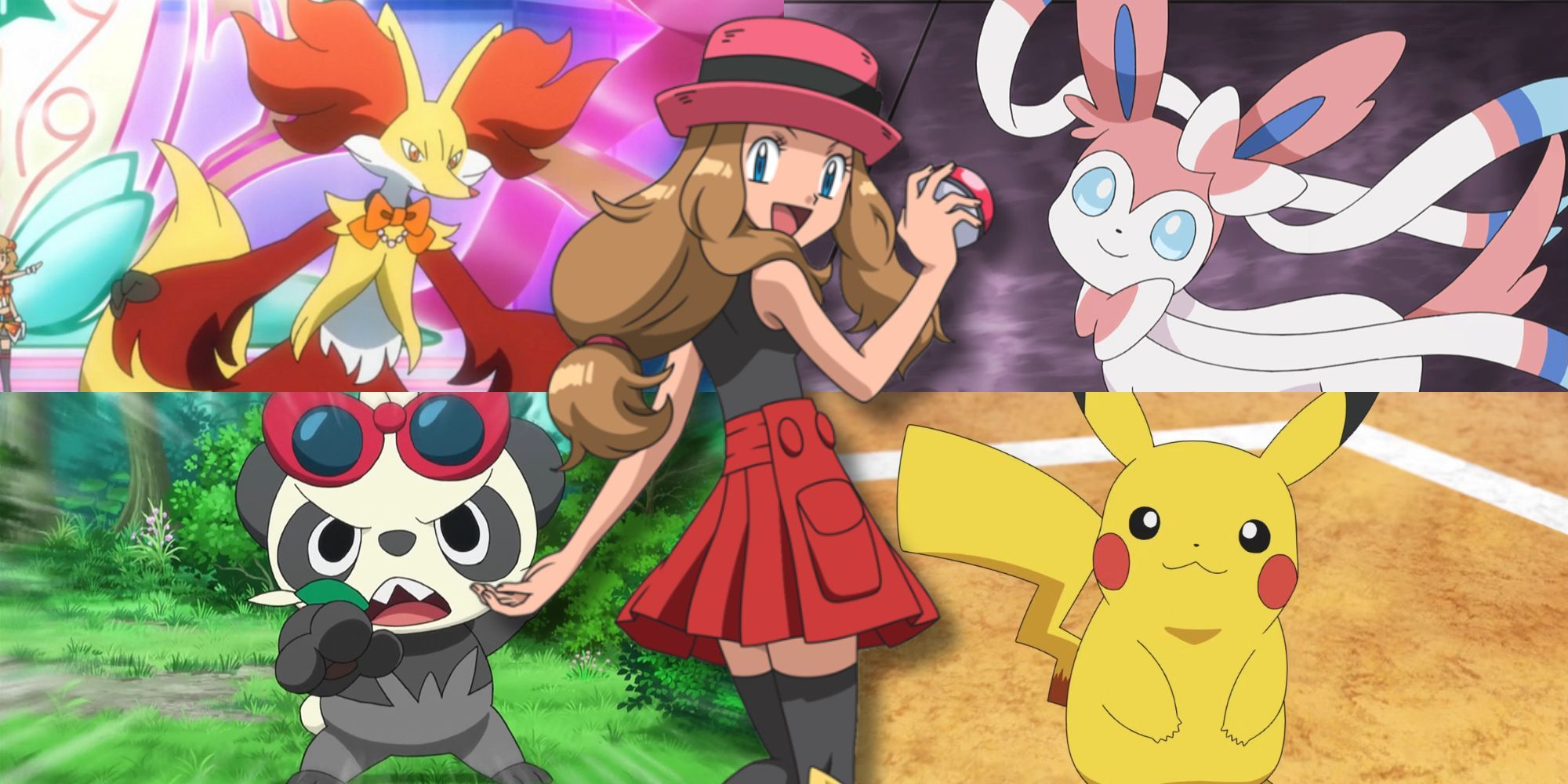Otaku Culture
Current animes fall into oblivion very quickly
Advertisement
On a recent trip to a discount store, a reporter observed a revealing scene: “Kimetsu no Yaiba” toys are 79% off, “SPY×FAMILY” plushies are 67% off, and “Oshi no Ko” sweets are half price. What's surprising is that many of these products are from animes that aired just a few months ago or even last year. This trend of seeing anime products at a discount is increasingly common in these establishments.
A curious case was that of an elderly man buying “Oshi no Ko” sweets, still available in convenience stores and supermarkets. When asked why he chose this product, he simply replied: “Because it's cheap“. He confessed that he didn't know anime, but he had a taste for sweets.
Despite the rise “oshi-katsu” (support your oshi/idol) and the anime boom, with convenience stores full of merchandise, the reality is that not all of these products sell well. One merchant commented: “Some anime merchandise is sold, but most is not. A series' fad passes very quickly.“.

In many cases, animes that generate a lot of attention on social media and become trends fall into oblivion within a few months. This is partly due to the current structure of the anime industry. Most series are produced in seasons of 12 to 13 episodes. When a series gains popularity, a second season is announced, but it can take up to a year to air, during which time many fans lose interest.
The overproduction and short duration of the series make it difficult to retain followers. Furthermore, the quantity of products produced after initial success is often excessive, and when demand wanes, they end up in discount stores.
The situation is also complicated for companies that develop anime products. With the exception of big titles like the “Precure” or “Shonen Jump” series, most products are released quickly to capitalize on the trend, but production can take more than three months to complete. If the product arrives late, the interest will have already decreased.
Demand instability also affects retailers. Initially popular products soon lose their appeal and are relegated to discount stores. This reflects a phenomenon in which fans quickly change interests, driven in part by the rapid dynamics of social media. Previously, popular animes aired for years, allowing them to develop a solid fan base. Nowadays, most series are broadcast at night and last a few weeks, which limits the amount of time the audience can retain their loyalty.

Anime overproduction also plays a role. According to the Japan Animation Association's “Anime Production Market Trend Survey 2023”, In 2021, 310 series were produced, compared to 109 in 2000. This excess not only dilutes fans' attention, but also puts a strain on animation studios, which are suffering from staff shortages.
Longtime fans remember when they could catch up on almost every anime that aired, but nowadays it's impossible to keep up. This leads to a rapid shift in interest between new series and makes it difficult for anime to maintain a consistent audience.
Additionally, the lack of anime aimed at children on television is worrying. Most new anime is for adults, and children's series are few and far between. Without children's shows, future anime fan bases are not formed, which could negatively impact the industry in the long run.
In conclusion, the anime industry faces a dilemma: overproduction and the rapid loss of public interest. To solve this, it is crucial to reduce the number of series produced and focus on creating quality content that can keep fans interested for longer. What’s more, Investment should be made in children's anime to guarantee a new generation of followers.. Only then will it be possible to build a solid and lasting base of anime fans.
Source: Live News





